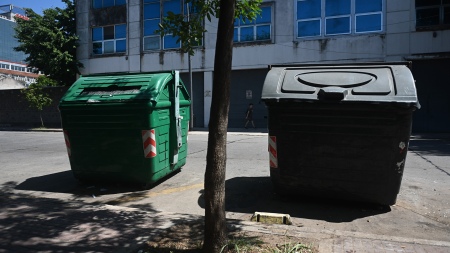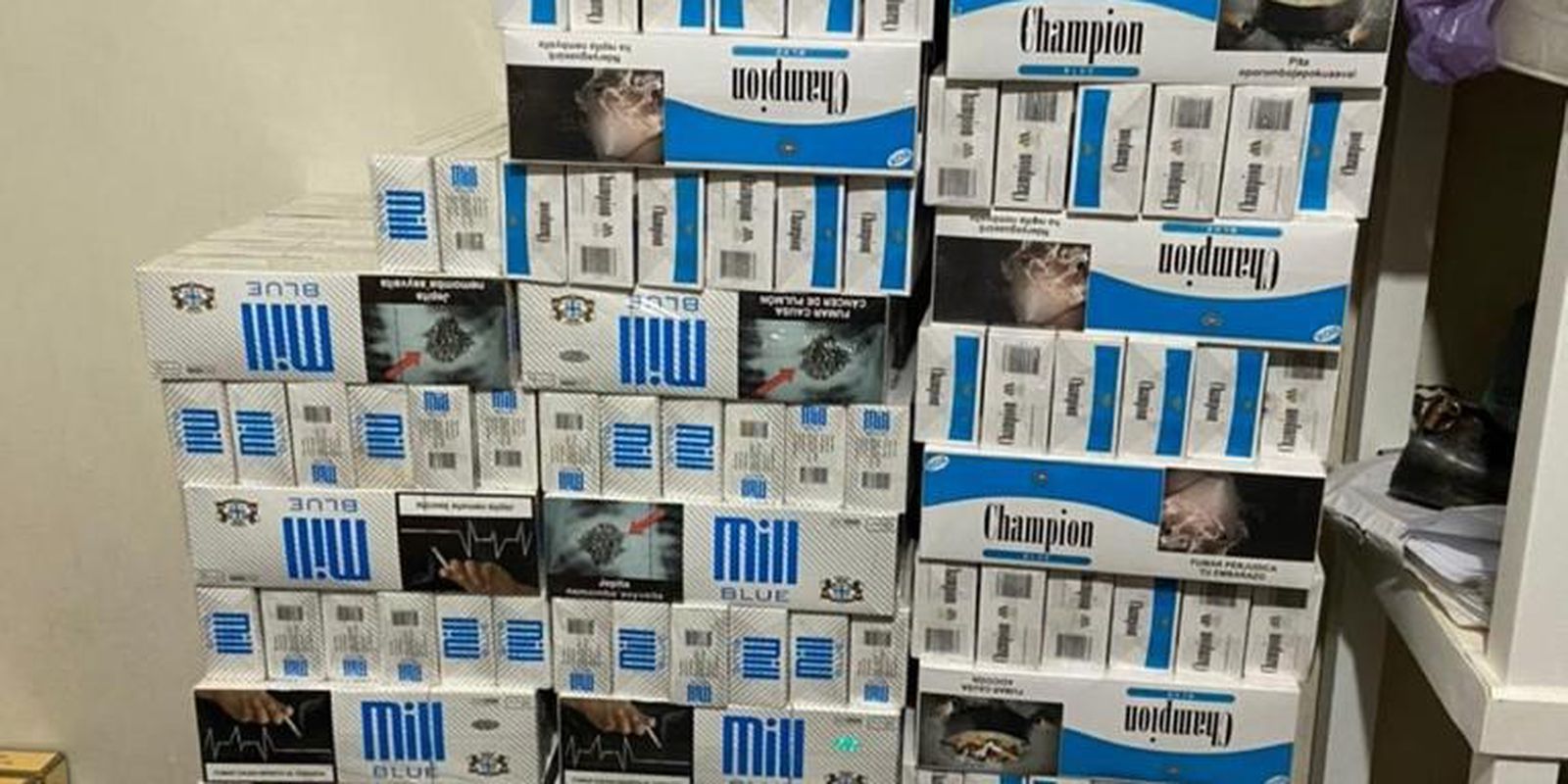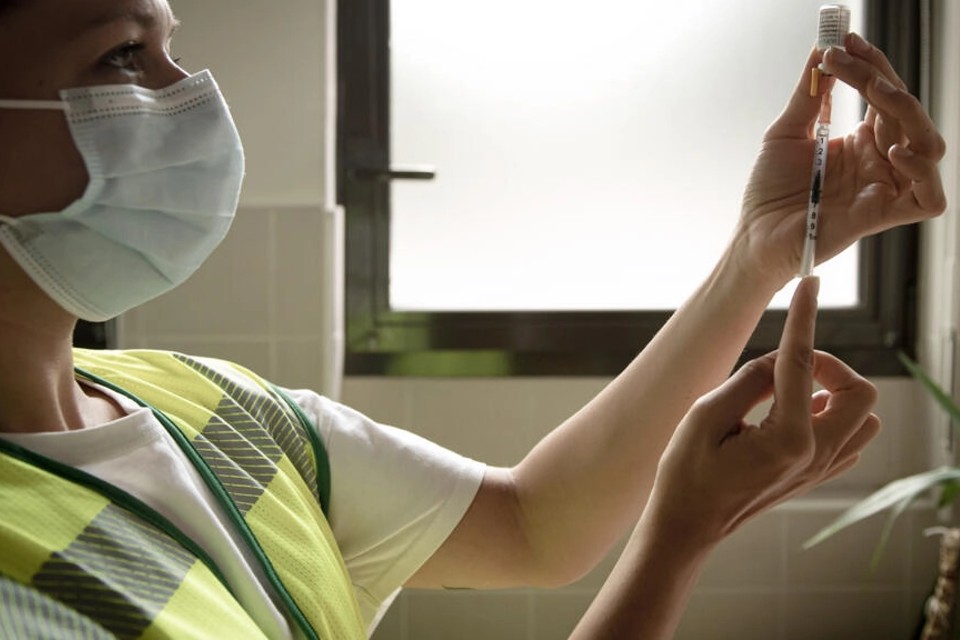The national government regulated the Comprehensive Household Waste Management Law No. 25,916, which creates a unified code of seven colors for the classification of waste at the source of origin, “promoting civic culture and facilitating the recovery of waste throughout the country.” .
The regulations, published in the Official Gazette through Decree 779/2022, signed by President Alberto Fernández; the Chief of Staff, Juan Manzur; and the Minister of Environment and Sustainable Development, Juan Cabandié, regulates the Law of Comprehensive Management of Household Waste that had been sanctioned in 2004.
The decree approves the “Unified color code for the classification and identification of household waste fractions”which generates a common standard for the entire national territory.
In Annex II, it is recommended that the provinces and the Autonomous City of Buenos Aires adopt a comprehensive management system that includes seven waste fractions with their respective colors: recoverable dry waste (green), those considered garbage (black), recoverable organic waste (brown), plastics (yellow), paper and cardboard (blue), glass waste (white) and metal waste ( Gray).
The waste must be placed in containers for each class of waste and, preferably, the bags must be the same color as the container or transparent so that the content can be identified.
Among the fundamentals, the decree recalled that the National Constitution consecrates “the right of all the inhabitants of the Nation to enjoy a healthy, balanced environment, suitable for human development and for productive activities to satisfy present needs without compromising those of future generations”.
Among the updates to the law that establishes the regulation, the principle of extended producer responsibility stands out, which implies that manufacturers and importers must finance the comprehensive management of products that after consumption become household waste.
It is about those residues considered special such as electrical and electronic equipment; batteries and portable batteries; waste tires; paints and solvents; energy saving lamps with mercury; among others.
Also with the regulation sThe definition of household waste was expanded to now include those elements, objects or substances that are generated and disposed of as a consequence of domestic activities carried out in urban and rural areas.including those with similar characteristics that are of commercial, institutional, welfare and industrial origin.
The Ministry of Environment and Sustainable Development will be the law enforcement authority and will be in charge of creating compliance programs and gradual implementation to promote waste recovery, indicated in article 2.
Although the regulation does not establish adaptation periods, the Federal Environmental Council (Cofema) will address the objectives of the law, ensuring that it is progressively adopted in all the country’s jurisdictions.








